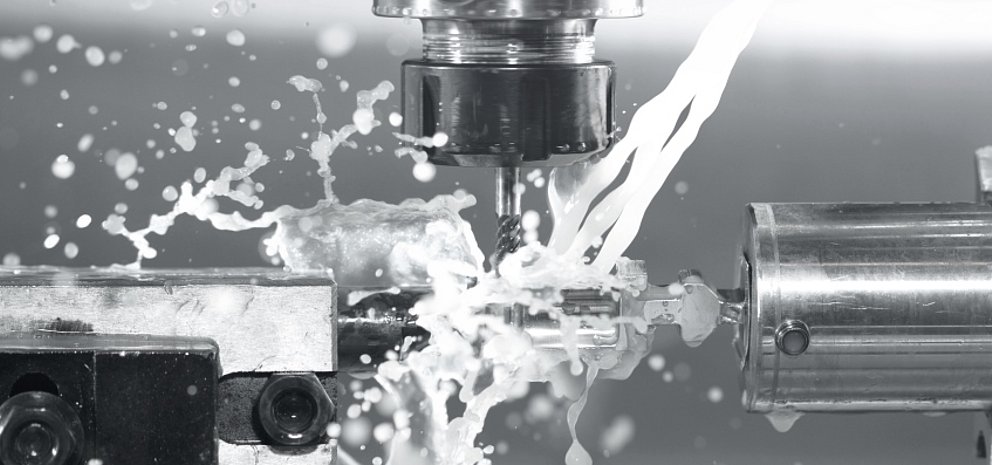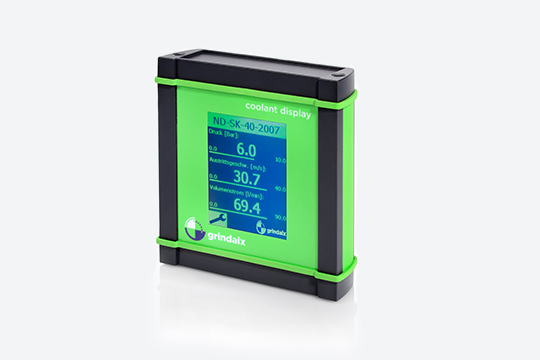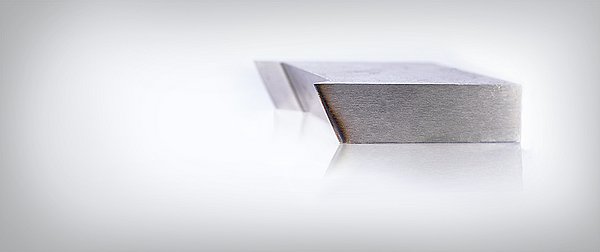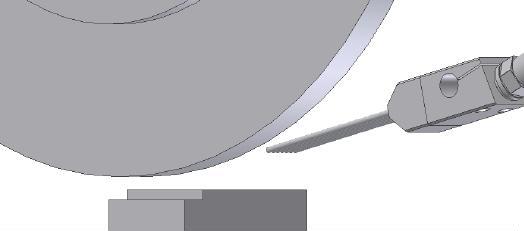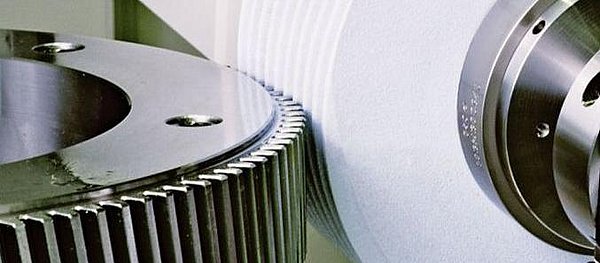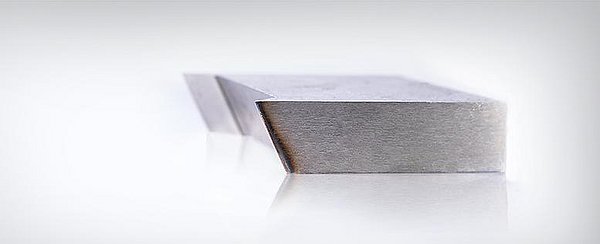The right cooling when grinding components!
Grinding is mainly used where there are high demands on the achievable surface quality of components (Rz, Ra, Rp0.2, Rmax). Due to the ever-increasing performance of grinding tools, grinding is also increasingly being used to achieve high cutting volumes.
Grinding is a manufacturing process in which high-hard abrasive grains, such as cBN, corundum, SiC or diamond, act in bonded form (grinding tools) on a wide variety of materials (component materials). This causes shaping that removes chips and ensures high temperatures in the grinding zone. Correct cooling of the grinding process is essential to prevent grinding burn and further damage to the component.
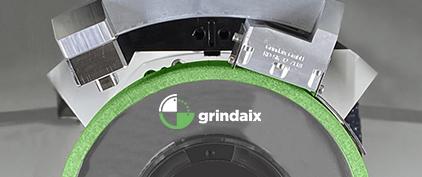
Factors that influence the grinding process
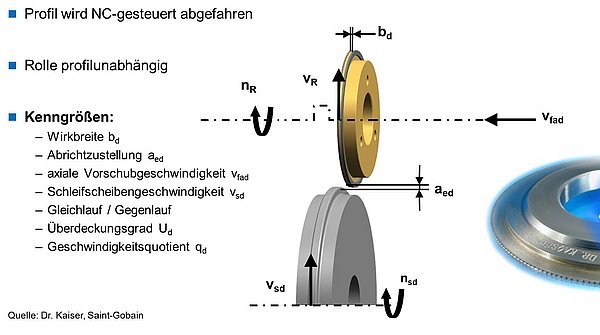
A successful grinding process is influenced by a large number of parameters that are often indeterminable. These include the inhomogeneities of the tool qualities or constantly changing dressing conditions and geometries due to wear. Variations in process control, the use and selection of cooling lubricants and the use of outdated cooling lubricant supply systems are also important influencing parameters.
Parameters influencing dressing ratios and geometries are, for example, degrees of coverage, effective widths or dressing infeeds. Cutting speed and infeed are variances in process control and cooling lubricants can differ in oils, emulsions and solutions. Pipes, hoses and sheet metal nozzles, on the other hand, are susceptible when it comes to outdated cooling lubricant supply systems.
Problems and challenges in grinding and cooling
One incorrect parameter can have a major impact on an otherwise successful grinding process. It can lead to errors occurring in the grinding process and may even result in grinding burn. The constantly increasing demands on the achievable component qualities nevertheless present manufacturing companies with challenges in the grinding process. Especially when cycle times are shortened at the same time. The resulting increase in grinding performance can lead to increased mechanical and thermal wear of the grinding tools (e.g. grinding wheels). A higher energy input into the component edge zone is also a possible consequence. In the most unfavorable cases, this can result in thermal damage (microcracks, grinding burn) to the components.
The result: high tool costs, short dressing intervals, high reject rates. This results in higher production costs, which are often not accepted by the customer. This manufacturing dilemma has existed for many years and the industry has always responded with less wear-prone tool materials and improved process control (cycle optimization).
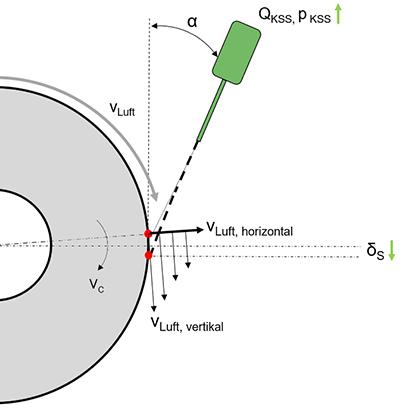
Cooling the grinding process properly - coolant is the key
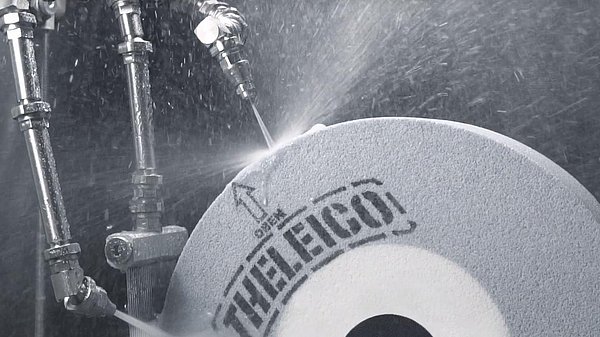
Thermal damage, such as microcracks and grinding burn, can be effectively avoided with correct and sufficient cooling of the grinding process. In order to ensure sufficient cooling at the right point in the grinding process, various requirements must be taken into account.
Firstly, the pore spaces on the grinding wheel must be cleared of superfluous material chips in order to be able to transport the cooling lubricant to the correct grinding point. This is an important step for effective cooling, as material chips often collect in the pore space between the abrasive grains. This means that not enough cooling lubricant can be absorbed. Secondly, the coolant should emerge from the nozzle at high speed and with high jet quality. This helps to penetrate the air cushion to be overcome and to cool the grinding process in the right zone.
Many problems, one solution: the right cooling with Grindaix nozzles!
The Grindaix dual nozzles help to improve the supply of cooling lubricant and at the same time clean the machining zone of foreign bodies and material chips. This means that only one nozzle is required for two important functions in the grinding process cooling , which saves space in the entire machine room.
Advantages of using a Grindaix nozzle:
- Savings on cooling lubricant
- Extension of the machine service life
- Optimum lubricoolant discharge speed
- Increase in machine productivity
- Designing resource-efficient grinding processes
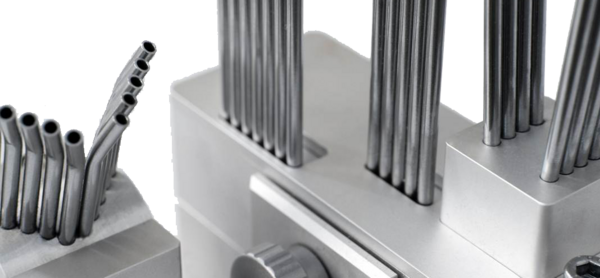
Your questions - Our answers
Which cooling lubricant is suitable for cooling?
When it comes to cooling lubricants, a distinction is made between non-water-miscible coolant lubricants, such as oils, and water-miscible coolant lubricants, such as emulsions or solutions. However, emulsions and solutions are primarily better suited for good cooling and oils for good lubrication.
Can't more cooling lubricant just be used?
If too much coolant is used, the component “bathes” or floats in coolant. The coolant does not reach the right place in the grinding process and the air cushion is not penetrated. As a result, the grinding process is not cooled effectively and the risk of grinding burn is not reduced. In addition, the use of a lot of lubricoolant is very expensive, as lubricoolant can be wasted.
Does the cooling differ for each grinding process?
Cooling differs for each grinding process. For example, cooling for gear profile grinding cannot be carried out in the same way as for internal cylindrical grinding, as the cooling lubricant would otherwise not reach the machining zone in sufficient quantity.
How can you tell if the grinding process is being cooled correctly?
You can tell whether a grinding process is being cooled correctly first and foremost by the fact that no grinding burn is visible. Next, all grinding burn tests, such as the Barkhausen noise test, should be negative. This also shows that the invisible grinding burn is avoided.
What happens if the grinding process is not cooled?
If the grinding process is cooled incorrectly or even insufficiently, there is an increased risk of grinding burn. In the event of grinding burn, the components then become unusable for later use as the load-bearing capacity is reduced. This is caused by microcracks, which can occur in the event of grinding burn. The productivity of the grinding process also decreases because grinding is slower!
What needs to be considered when cooling during grinding?
The most important thing when cooling a grinding process is that the cooling lubricant reaches the machining zone. The greatest heat input is in this zone, which increases the risk of grinding burns. To reach the machining zone, the jet of cooling lubricant must have a certain speed in order to penetrate the air cushion created during grinding.
Products relevant to this article:

You may also be interested in these articles from our magazine:
Grinding burn test
Detection of grinding burn is an important pillar of quality assurance, as grinding burn is not always immediately visible on the component. We explain which methods are available for this and explain their applicability.
Solving grinding burn problems
Solving a shelf edge problem? That's easier said than done! We have developed some solution strategies and summarized them for you in our magazine article on “Solving sanding burn problems”.
Grinding technology
Our article “Grinding technology” provides an overview of the complex topic of grinding technology with its many influencing factors. Here we offer you a complete overview of all relevant parameters.
Grinding burn
Detection of grinding burn is an important pillar of quality assurance, as grinding burn is not always immediately visible on the component. We explain which methods are available for this and explain their applicability.
